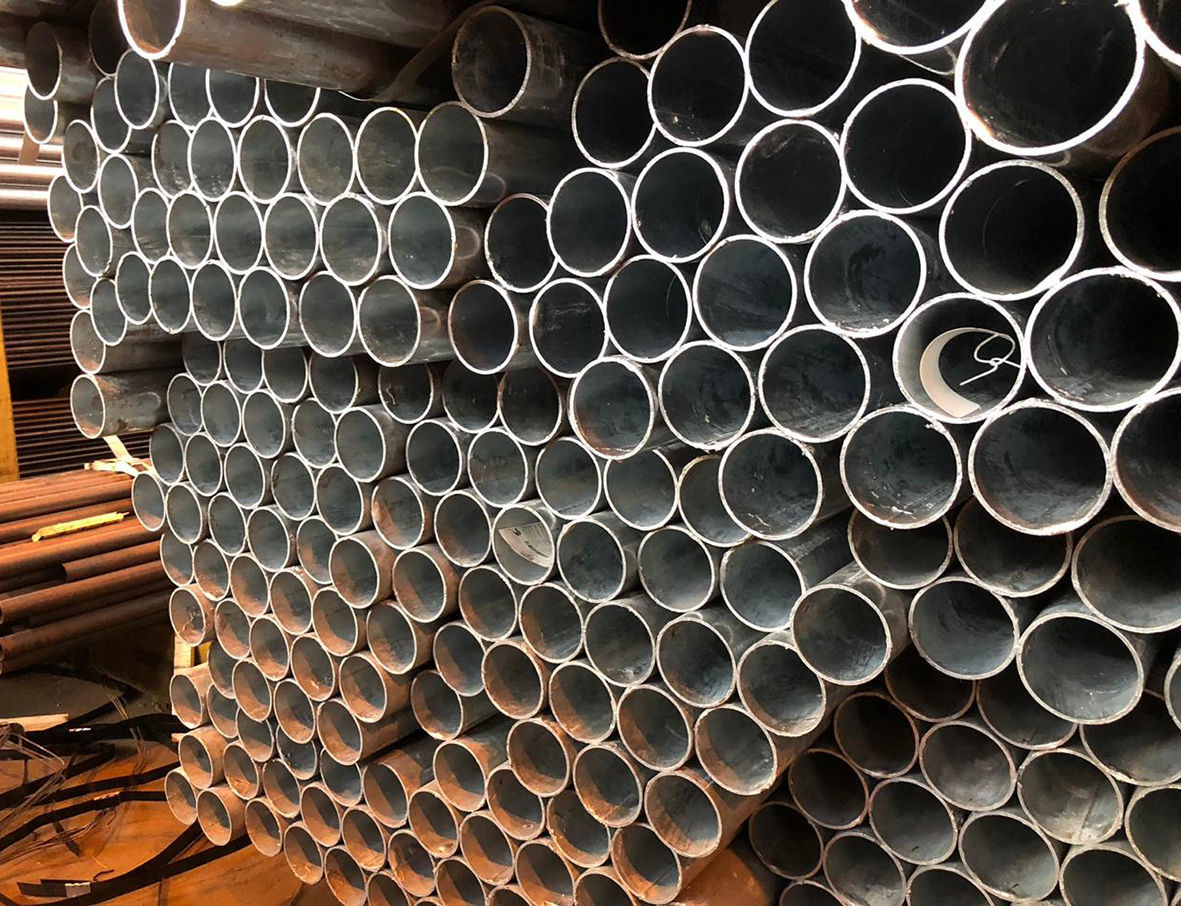Introduction
Electric welded pipes are widely used in various industries for their durability and strength. However, like any other product, these pipes are not immune to issues. In this article, we will explore some common problems that can arise with electric welded pipes and provide troubleshooting solutions. Whether you are a professional welder or a homeowner looking to fix a pipe issue, this guide will equip you with the knowledge to address these problems effectively.
Troubleshooting Common Issues with Electric Welded Pipes
1. Insufficient fusion between weld and base metal
Description
When welding electric welded pipes, one of the primary concerns is ensuring proper fusion between the weld and the base metal. Insufficient fusion can weaken the joint and compromise the integrity of the pipe.
Causes
- Inadequate heat input during welding process Poor cleaning of base metal before welding Incorrect welding technique or angle
Troubleshooting Steps
Increase heat input during welding to ensure proper fusion. Thoroughly clean the base metal surface before welding to remove any contaminants. Use appropriate welding technique and maintain correct angle for better fusion.2. Porosity in welds
Description
Porosity refers to the presence of small holes or voids in the welds of electric welded pipes. These holes can affect the structural integrity of the pipe and lead to leaks or failure under pressure.
Causes
- Presence of moisture or contaminants on the surface being welded Improper shielding gas coverage during welding process Inadequate cleaning of electrode or filler material
Troubleshooting Steps
Ensure that the surface being welded is clean and dry. Use proper shielding gas coverage to prevent contamination and porosity. Clean electrodes or filler material before use to remove any impurities.3. Cracking in welds
Description
Cracking is a common issue that can occur in electric welded pipes. It can manifest as longitudinal cracks along the length of the weld or transverse cracks perpendicular to the weld.
Causes
- Excessive heat input during welding, leading to rapid cooling and contraction Inadequate preheating of the base metal Use of improper welding techniques or incorrect filler material
Troubleshooting Steps
Reduce heat input during welding to prevent excessive cooling and contraction. Preheat the base metal adequately to minimize thermal stress. Ensure proper welding techniques are used, and employ suitable filler material for the specific application.4. Lack of penetration in welds
Description
Lack of penetration occurs when the weld does not fully penetrate the base metal, resulting in a weak joint. This issue can compromise the strength and performance of electric welded pipes.
Causes
- Insufficient current or voltage during welding process Wrong electrode size or type for the specific application Poor joint design or fit-up
Troubleshooting Steps
Increase current or voltage settings during welding to achieve better penetration. Select appropriate electrode size and type based on the requirements of the project. Ensure proper joint design and fit-up for optimal penetration.5. Weld spatter on pipe surface
Description
Weld spatter refers to the unwanted splatters of molten metal that land on the surface of electric welded pipes during the welding process. These spatters can cause cosmetic issues and potentially lead to corrosion if not addressed promptly.

Causes
https://jsbin.com/guzecozabi- Excessive use of shielding gas or flux during welding Incorrect distance between electrode and workpiece Poor cleaning of pipe surface before welding
Troubleshooting Steps
Reduce shielding gas or flux usage to minimize spatter production. Maintain an appropriate distance between electrode and workpiece to prevent splatter. Ensure thorough cleaning of the pipe surface before welding to remove any contaminants.Frequently Asked Questions (FAQs)
1. Can I fix a cracked weld on an electric welded pipe myself?
Yes, it is possible to repair a cracked weld on an electric welded pipe yourself. However, it requires proper knowledge, skills, and equipment. If you are not confident in your abilities, it is recommended to seek professional assistance.
2. How can I prevent porosity in welds?
To prevent porosity in welds, ensure that the surface being welded is clean and dry. Use appropriate shielding gas coverage and clean electrodes or filler material before use.

3. Are there any safety precautions I should take when troubleshooting issues with electric welded pipes?
Yes, it is important to prioritize safety when troubleshooting issues with electric welded pipes. Wear appropriate protective gear, such as gloves and goggles, and follow proper welding procedures to minimize the risk of accidents or injuries.
4. What should I do if I encounter lack of penetration in a weld?
If you encounter lack of penetration in a weld, try increasing the current or voltage settings during welding. Also, review the electrode size and type for suitability and ensure proper joint design and fit-up.
5. Can weld spatter be removed from the surface of electric welded pipes?
Yes, weld spatter can be removed from the surface of electric welded pipes. It can be scraped off or treated with appropriate cleaning agents to restore the appearance of the pipe.
6. When should I consider replacing an electric welded pipe instead of troubleshooting?
If the issues with an electric welded pipe are extensive or recurring despite troubleshooting efforts, it may be necessary to consider replacing the pipe altogether. Consulting with a professional can help determine the most suitable course of action.
Conclusion
Troubleshooting common issues with electric welded pipes requires a good understanding of the potential problems and their causes. By following the troubleshooting steps provided in this article, you can effectively address issues such as insufficient fusion, porosity, cracking, lack of penetration, and weld spatter. Remember to prioritize safety and seek professional assistance when needed. With proper troubleshooting techniques, you can maintain the integrity and performance of electric welded pipes in various applications.